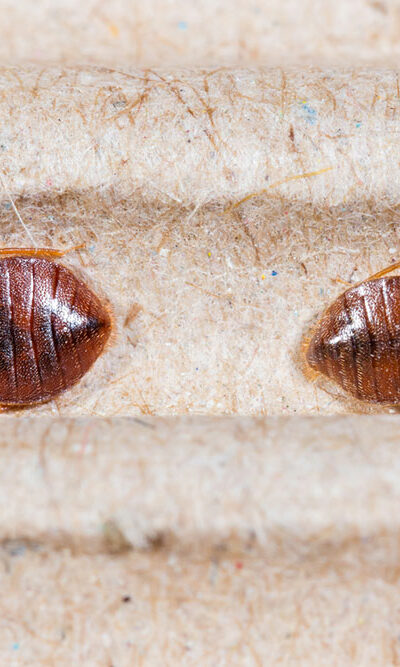
5 Best Skin Care Treatments for Smooth Skin
Every woman dreams of having gorgeous, glowing, smooth, and flawless skin! However, there are many elements that cause the skin to age and dry faster than expected, and proper skin care is a must. Here are some smart and quick tips on the best skin care treatments that can help you put your best face forward. What Kills the Smoothness of Skin? Stress, aging, dehydration, air pollution, ultraviolet sunrays etc. are some of the major factors that make your skin dull and unattractive. Each of these aforementioned factors affects your skin’s smoothness in some way along with making it more susceptible to age spots, bruises, dry and rough patches, wrinkles, loss of elasticity and blemishes. Also, menopause and perimenopause can cause chemical changes in older women, resulting in skin roughness. For elderly women, it might not be possible to regain the exact baby-soft and picture-perfect skin they had before; however, with the help of the best skin care products and treatments, getting close to the goal can be easy. To deal with such issues, here are the 5 best treatments for skin care that you can get. Read on to find which of the following suit you the best. Exfoliate Well, to get rid of the dead cells on your skins that are responsible for making your skin look dull, you need to reevaluate your skin cleaning routine. Over-washing can cause superfluous oil production. It can lead to breakouts on the face, chest, back, and neck. You should remove the makeup gently with a cleanser. Then you should use a toner to wipe off any oil, dirt, makeup or the leftover cleanser from your face. Now, you need to use moisturizer. Once or maximum twice a week, you should try to exfoliate with a chemical exfoliant, or a sonic cleaning brush and dedicated scrub.










